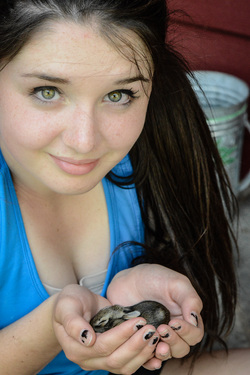 In early May evening, my husband went into the back yard to turn over the garden. He worked on it for a couple of hours and as he unceremoniously turned over his last shovelful of soil, out came 6 baby bunnies. No one knew what to do. Peter, who had been helping in the garden, took the six babies who all had their eyes closed and swaddled them into his shirt. As I made dinner, I saw my son slowly approach the kitchen to show me his find. With my heart melting, I knew his had become a puddle. Hearing that bunnies should be put back we waited with little avail for momma to come back to her brood. In the mean time the internet search began. What do they eat? How warm do they need to be? How does one keep baby bunnies alive? Every web page suggested they be brought right away to a wildlife rehabber. When I looked online about them, the WWW said that no matter who cares for bunnies, there is generally a 5 percent success rate. Even in the wild, it is said that 90 percent don’t make it to adulthood. So I was in a conundrum knowing that my odds of keeping these babies alive were slim at best. Despite the odds, we took the leap. Peter brought down the large fish tank that sat in the attic waiting for its next orphans. We have had a variety of critters take residence in this tank over the years. While he did this, I was off to the local pet shop purchasing $50 dollars of infant bunny necessities that were all somewhat of a mystery since people don’t usually raise the babies. We bought a tiny bottle which on the first night they promptly rejected. It was almost impossible to tell if they had drank anything. But they rooted for milk and we eventually figured that if we put it on their little coats, they would lick the nutrition off their siblings. The next day after much coaxing, they started to take small sips. Each had a different personality. One was hyper and skittish while another we soon named Jabba because of his affinity for food, as another just hopped over to Peter's lap whenever he could. We would go to sleep each night hoping they would all live into the next dawn and felt success with each living sunrise. We learned they needed bacteria in their gut, so we mixed it into their food. Soon, we would begin foraging for greens from the yard as they began to wean. They associated Peter as their mother as soon as they opened their eyes. It was he who would feed them three times a day and handling them gently, but firmly enough to help them get the food down. Soon they would be leaping towards the bottle as soon as they saw it coming. As we reached the three week mark we knew it was time to start acclimating them again to the outside or we would have forever pets. We worried about them becoming humanized but knew in our heart, if they hadn’t, they would have starved to death. Peter was fully attached and I knew it was going to be hard for him to say goodbye. The night before the Go Far race was the first night they were to be caged overnight outdoors to be readied for release when a storm came in. The thunder and lightening had proved too much and we lost two before we could get them indoors. Peter, who had given his entire heart to these little creatures, had his own broken. The tears flowed heavily and freely as Kate, Peter and I said goodbye to our two little babies. For my boy, the loss was akin to mother who has lost one of her own, feeling like somehow he wish he could have protected them more. Fearing more sadness, he knew it was time to release. We had done all we could, fed them, acclimated them, loved them. With our moving day only days away, we traveled to our new home and met with Alice, the owner. We found a good place to release our four bunnies. Peter thought it would be unlikely, but we had hoped that maybe we would see them again someday. Peter made a little nest of their bedding and hay in a hole he had dug under a plant in the front garden. With that he said his goodbye. We watched them hop in and out of the garden experiencing the new smells and taste that surrounded them. They would stay close to Peter like they were awaiting his approval to let go. As the last one hopped away, we knew we had learned a tremendous lesson about love. We had fallen in love, experienced joy, tremendous sadness and eventually a type of satisfaction that comes in knowing you have done something with all of your heart. Thinking that they would become a memory, what has come of these little critters is somewhat remarkable. Now as we eat our morning cereal, we look out the window and see them eating their breakfast of clover and grass. This experience has been priceless, one we would likely do again. While we were told that only experienced rehabbers could find success. Our interpretation proved that we had provided enough to give them a chance. Love is the best nurturer and in the end, brought out our best nature. 1 week later...July!
2 Comments
|
|
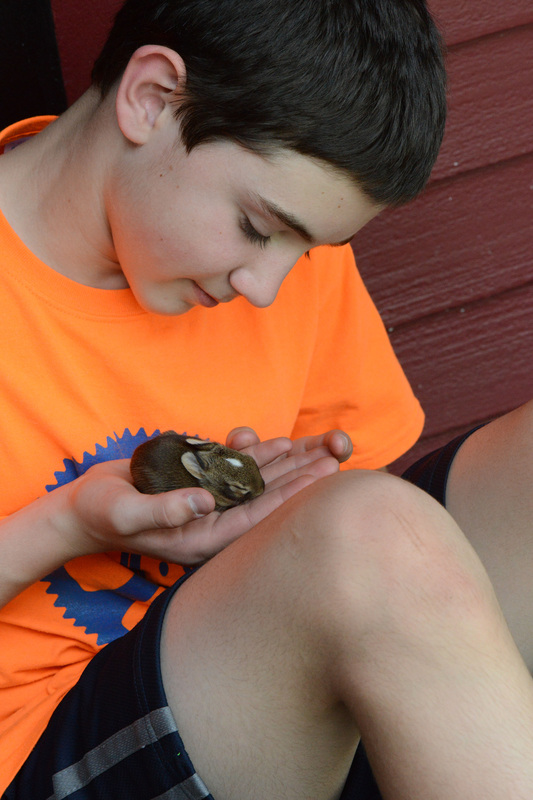
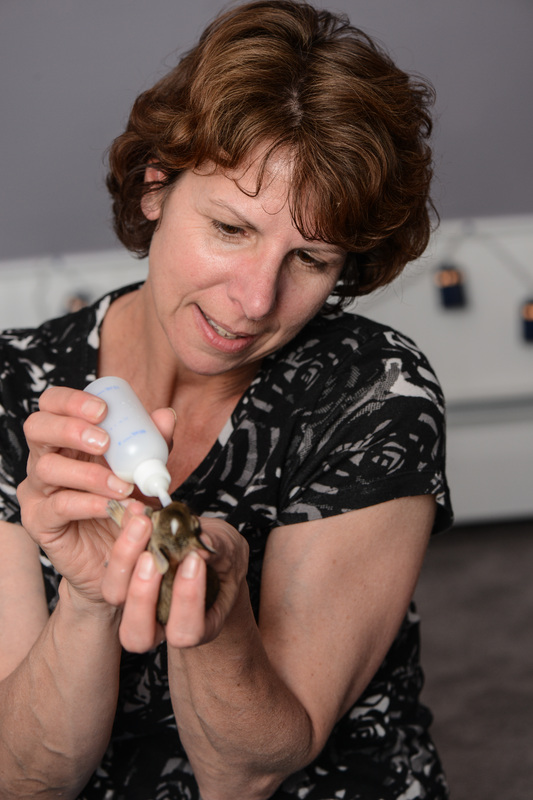
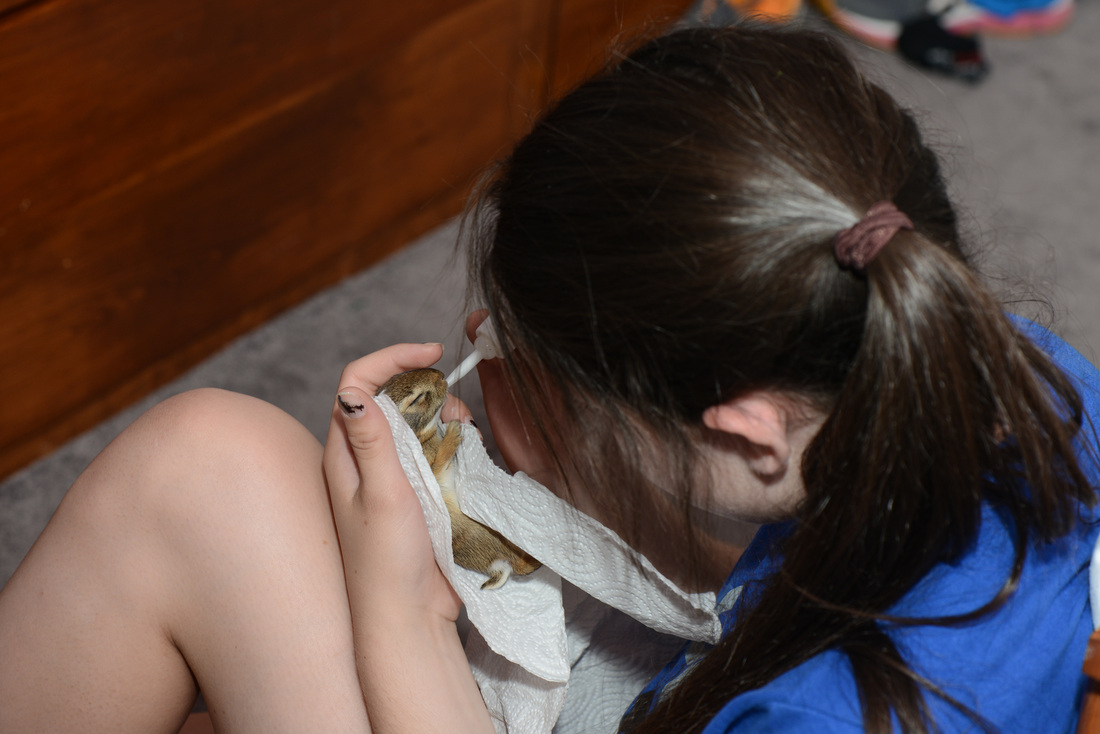
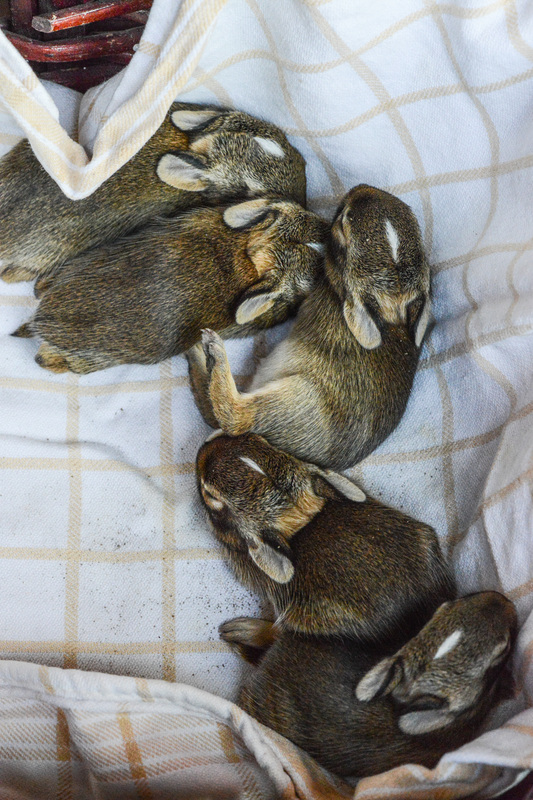
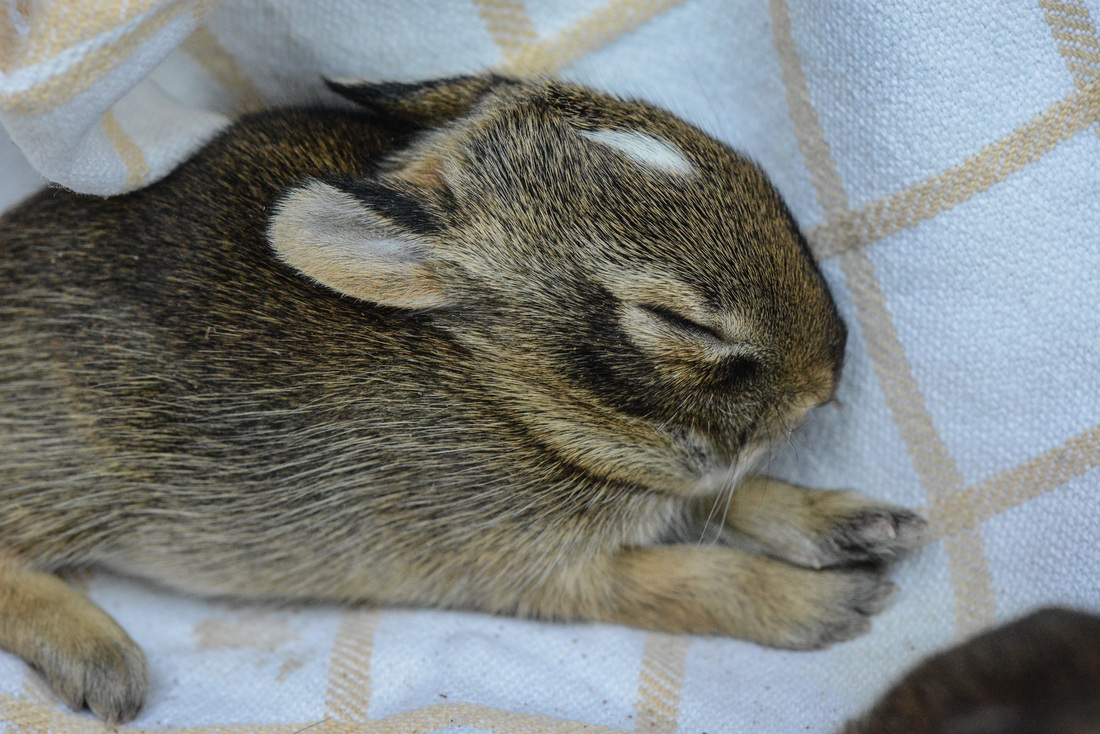
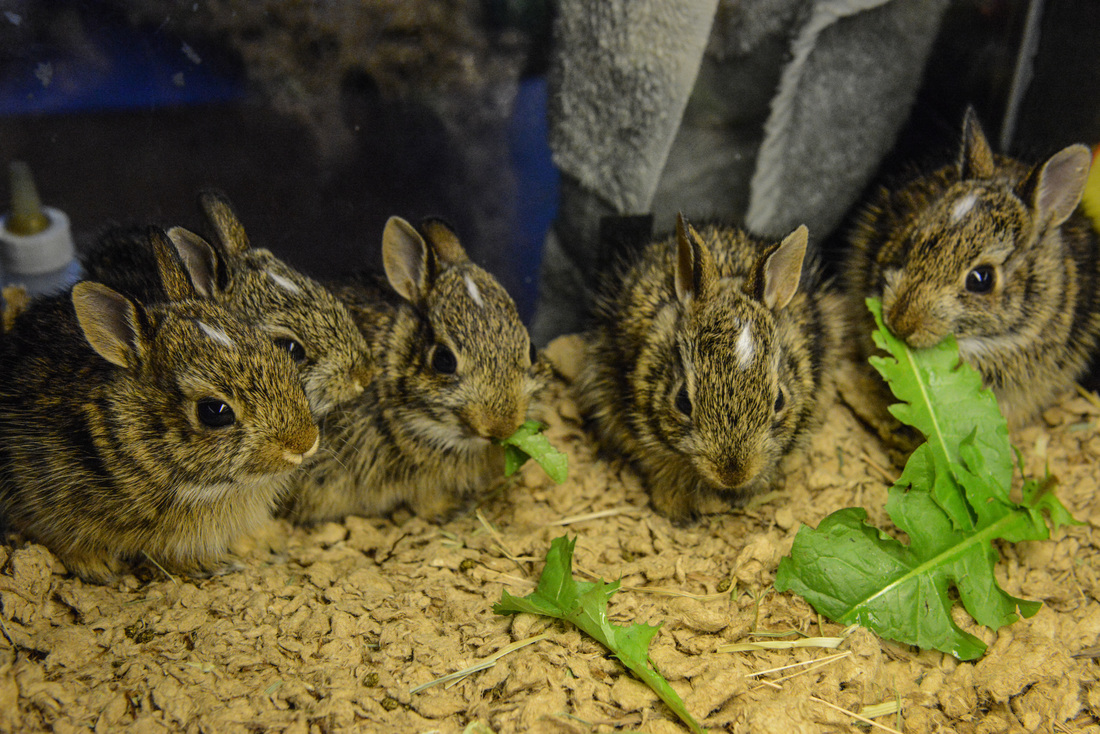
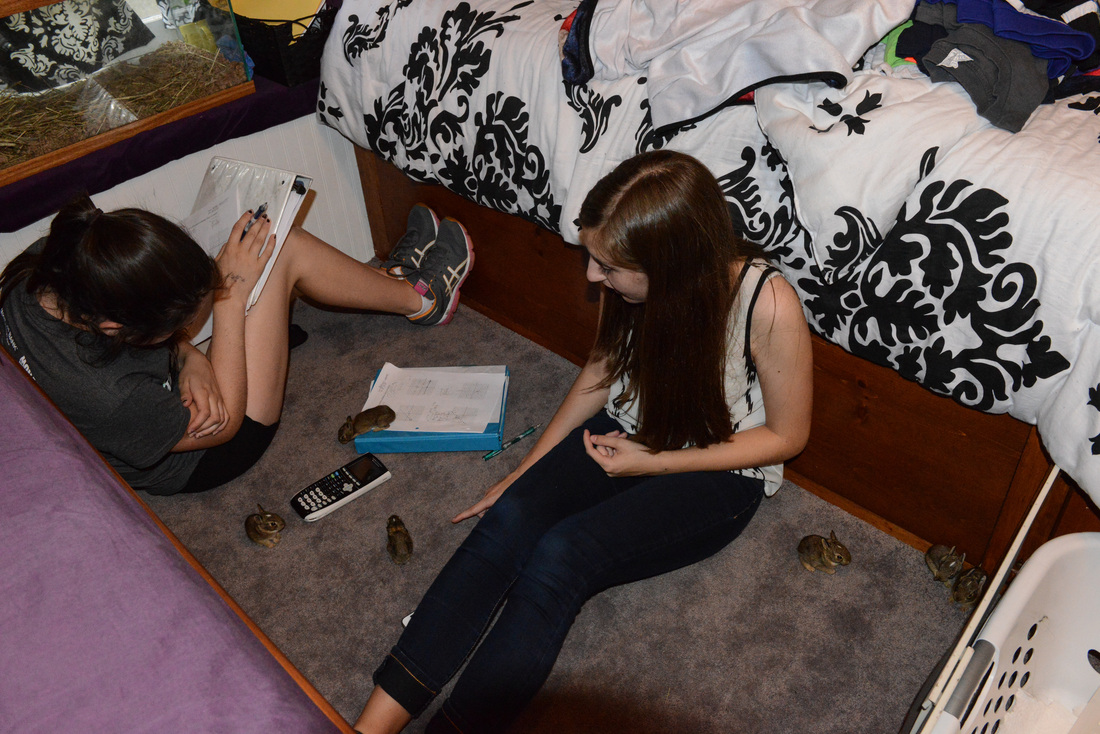
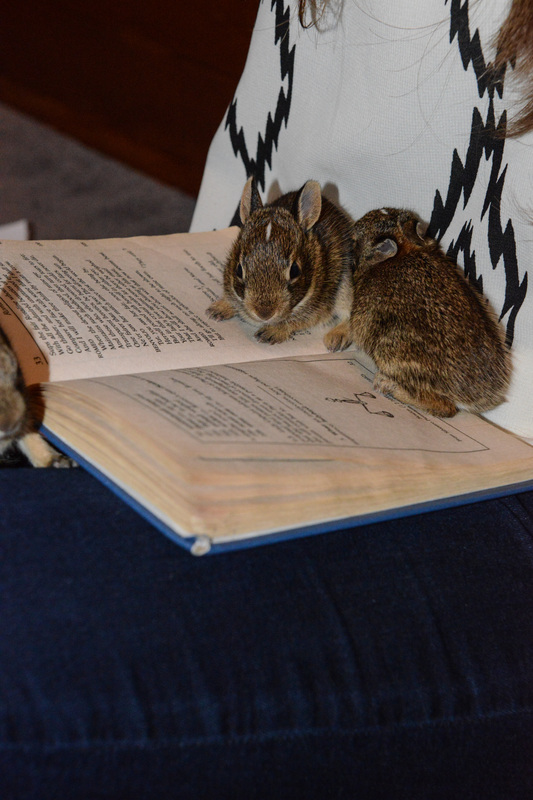
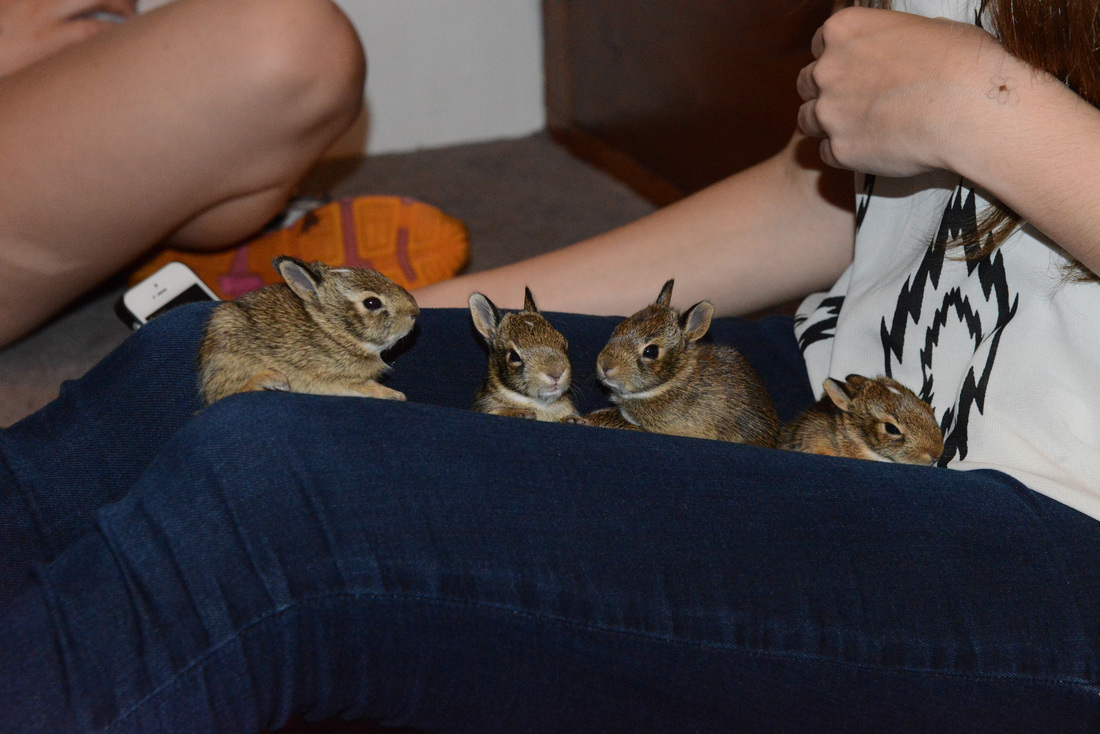
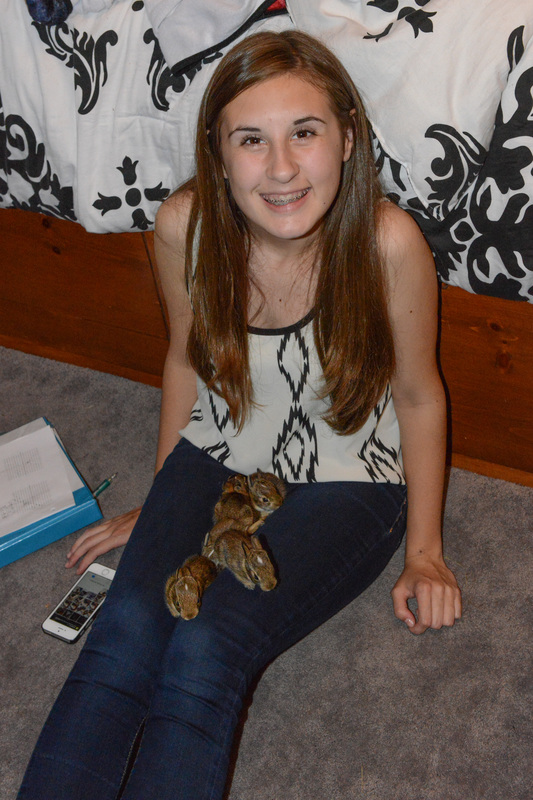
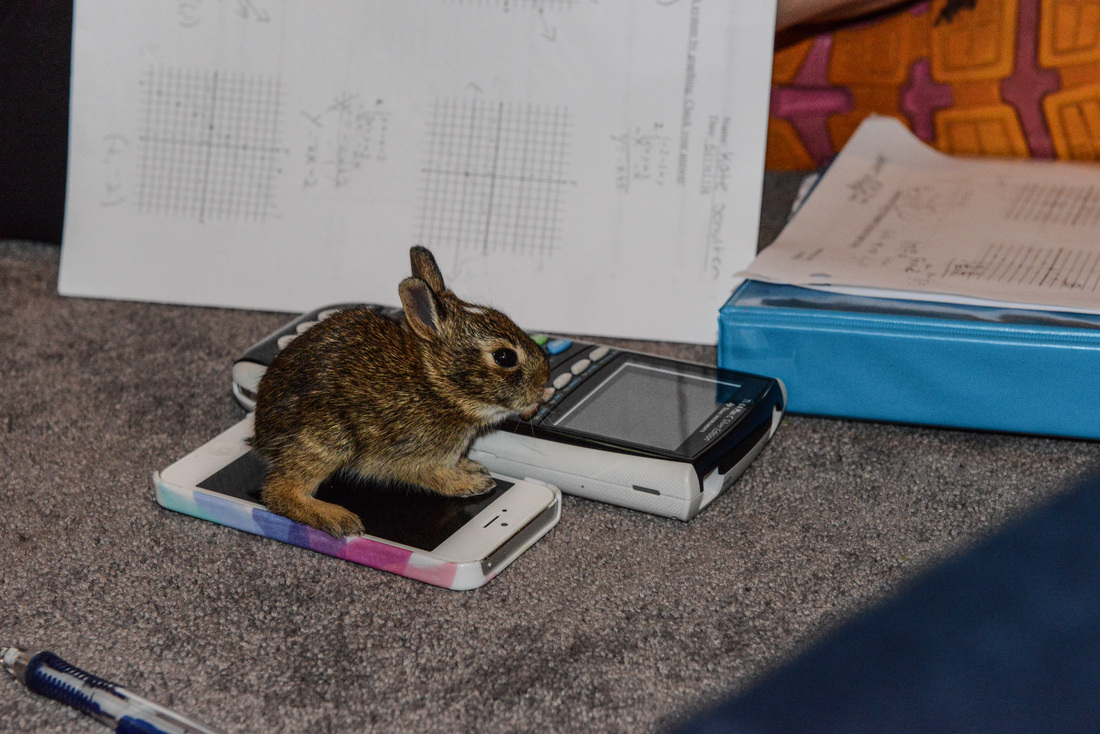
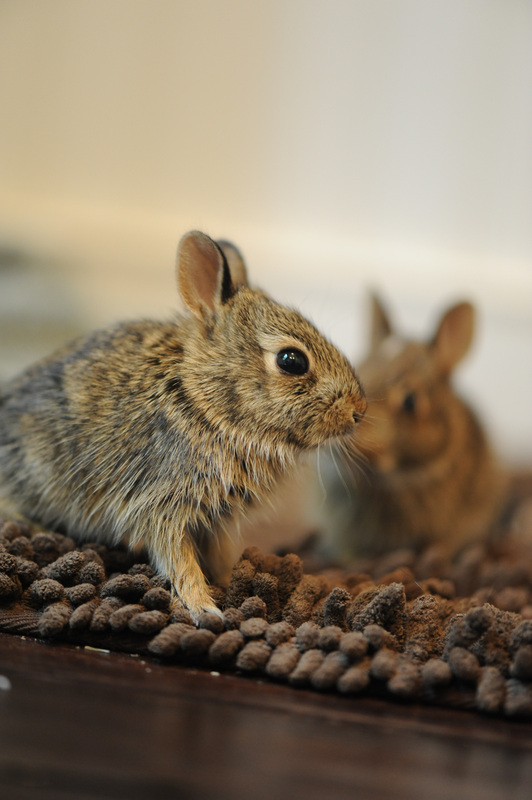
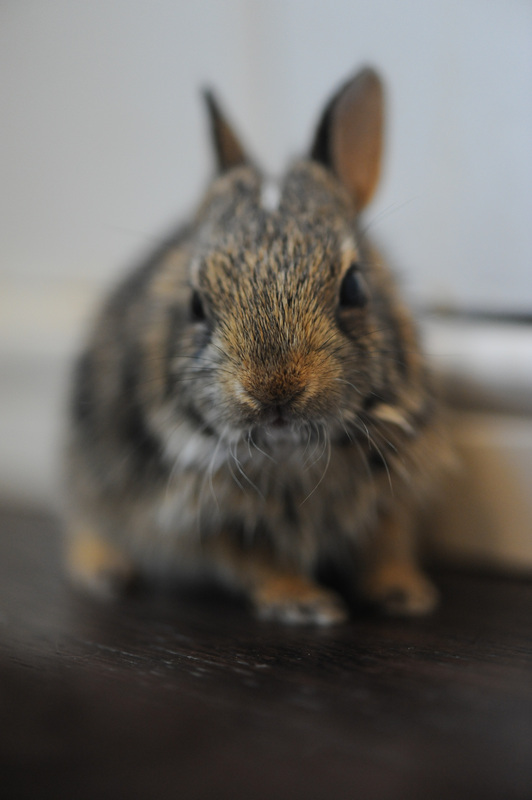
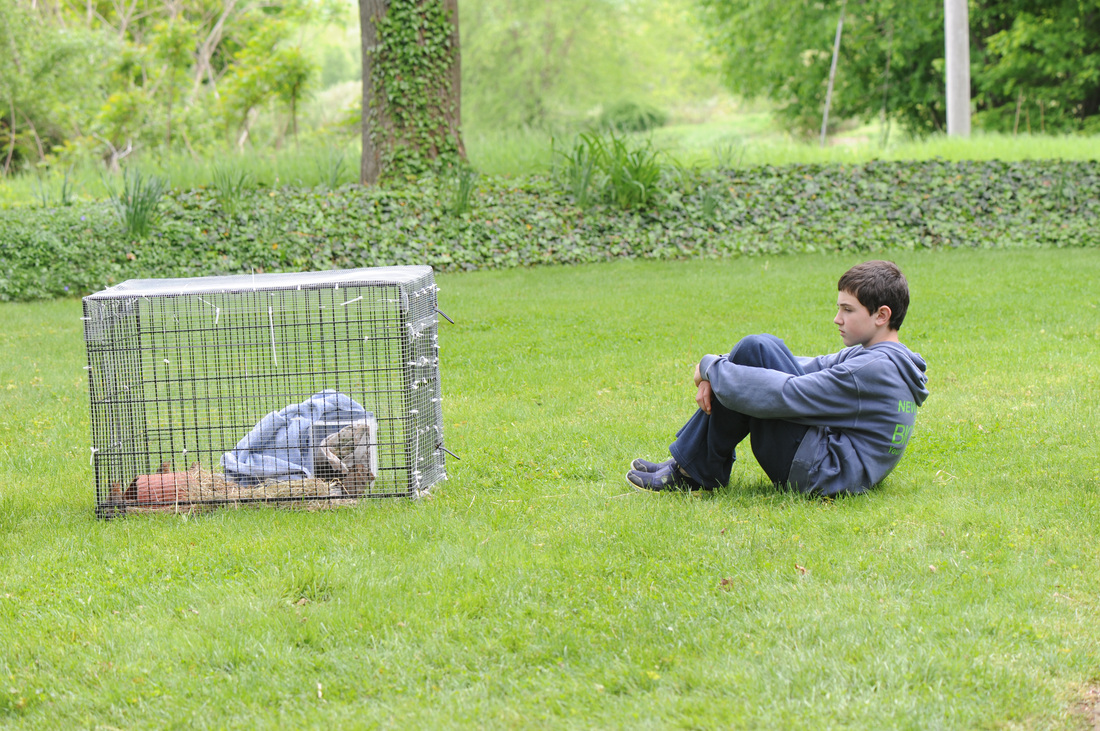
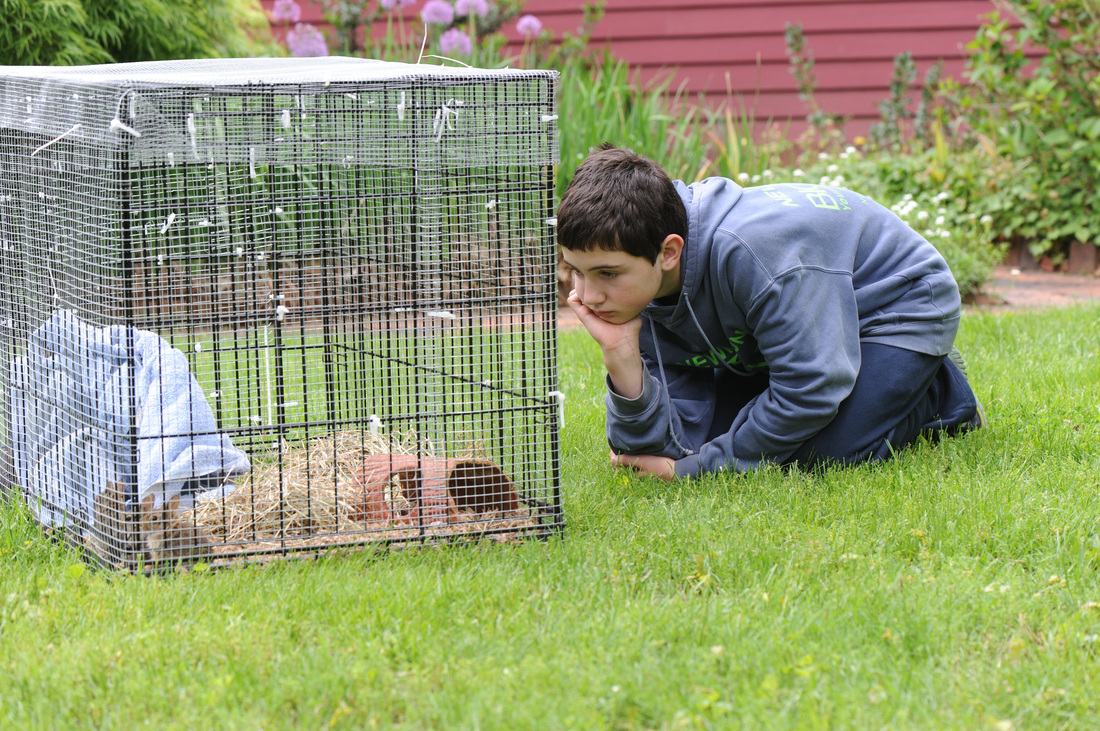
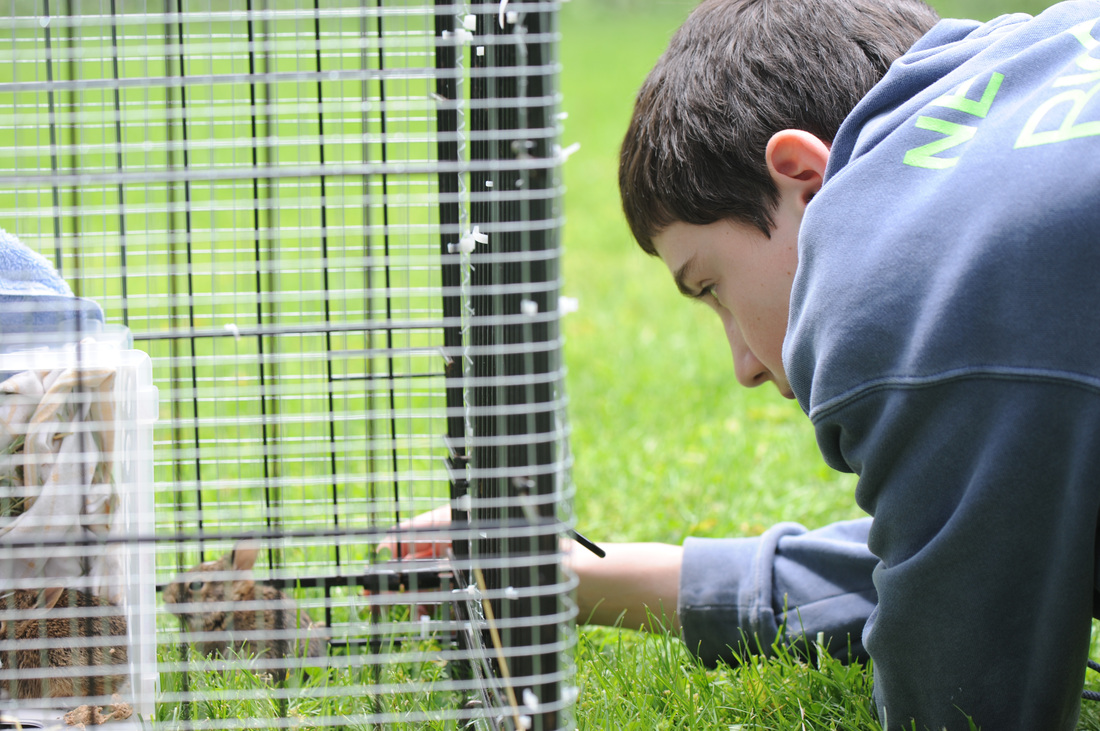
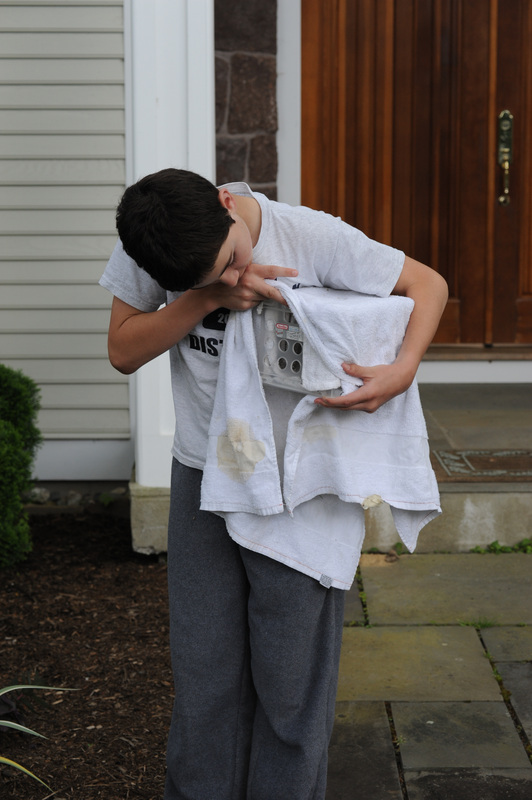
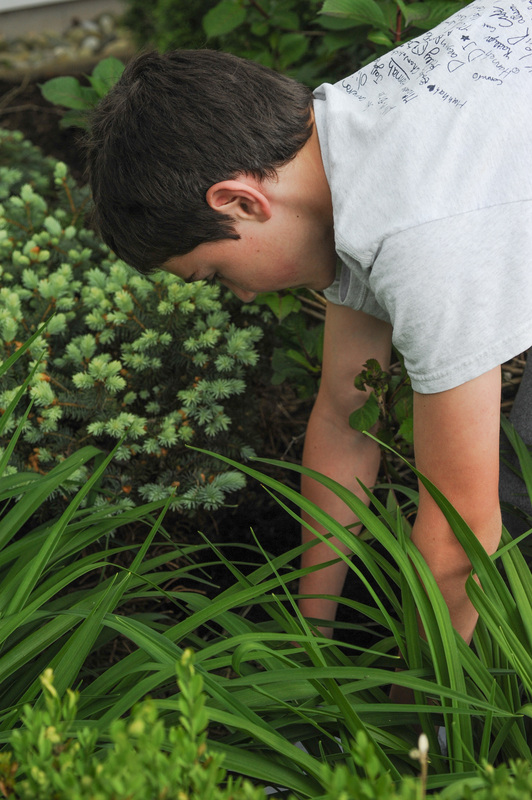
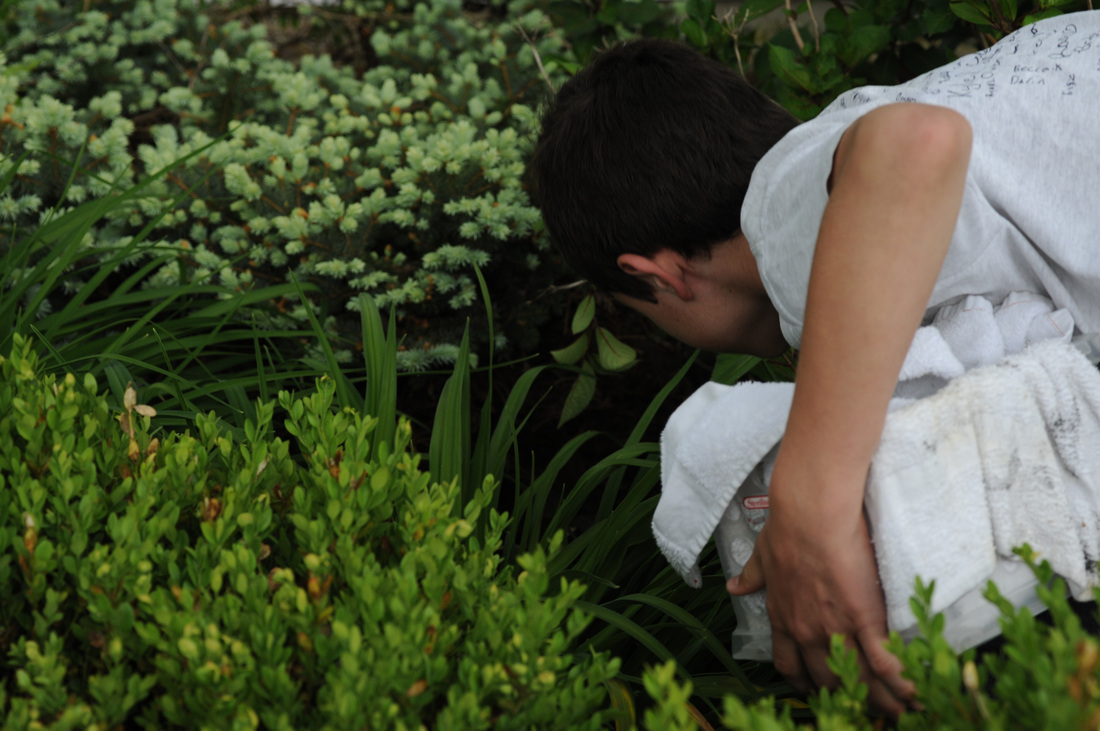
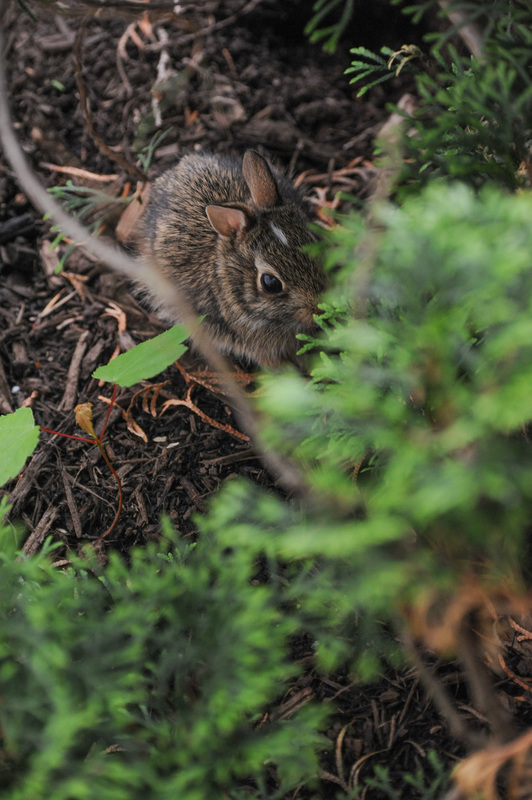
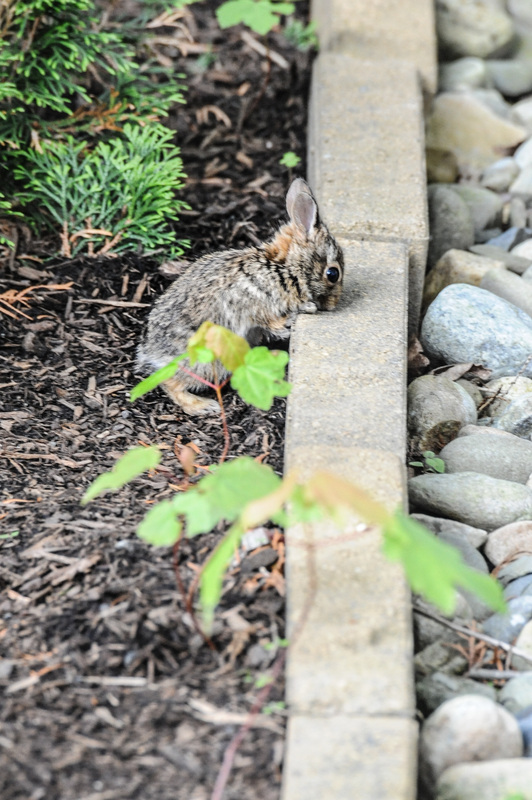
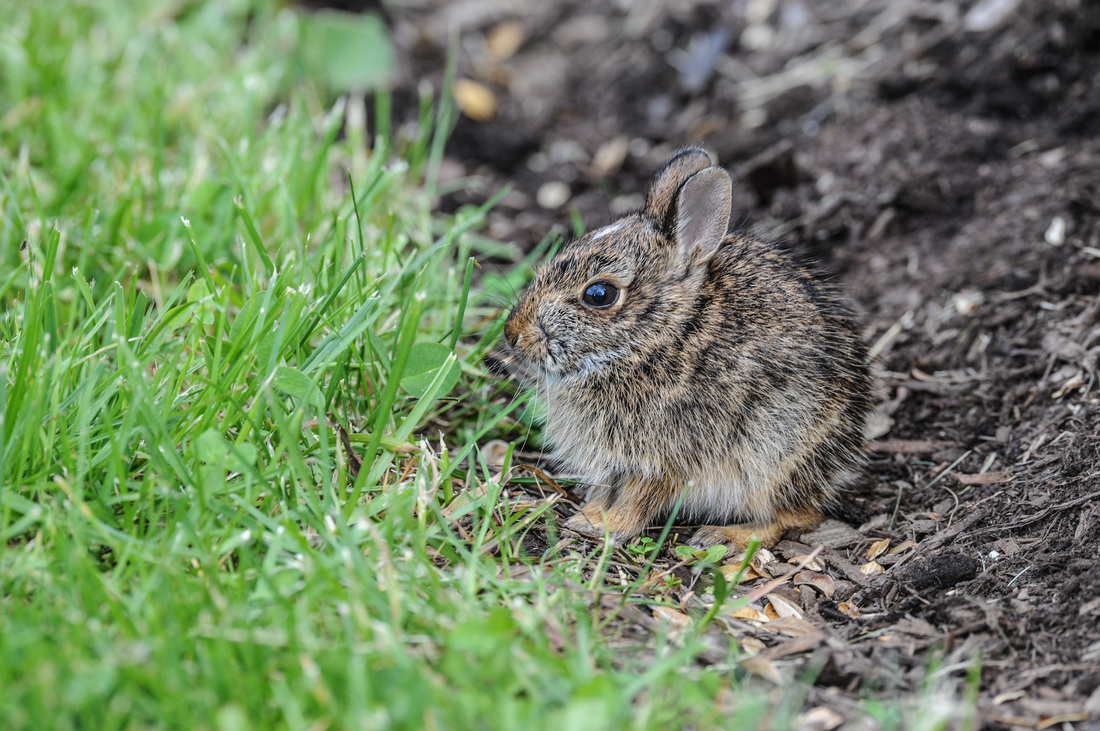
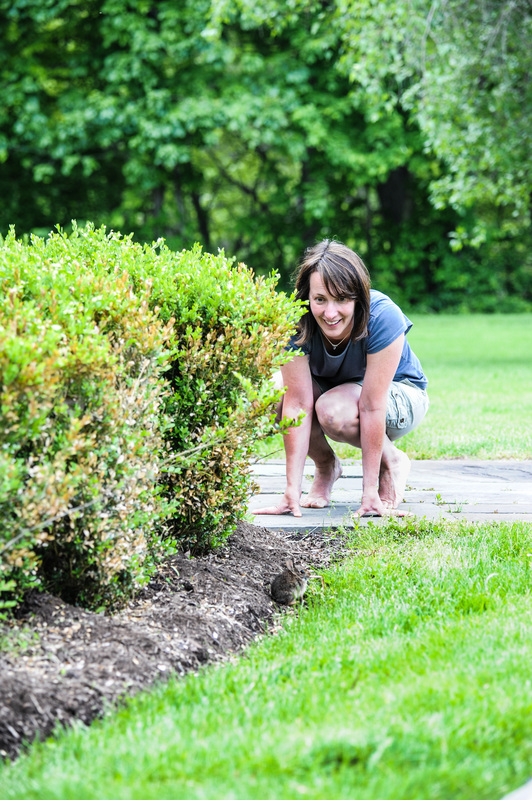
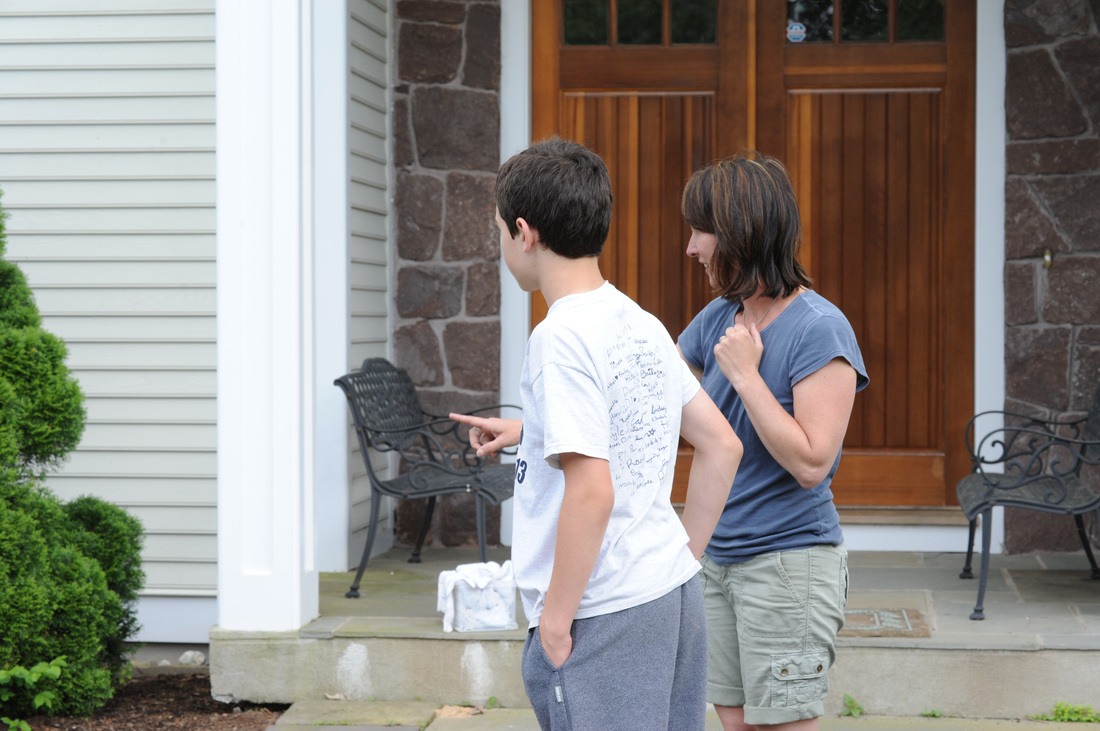
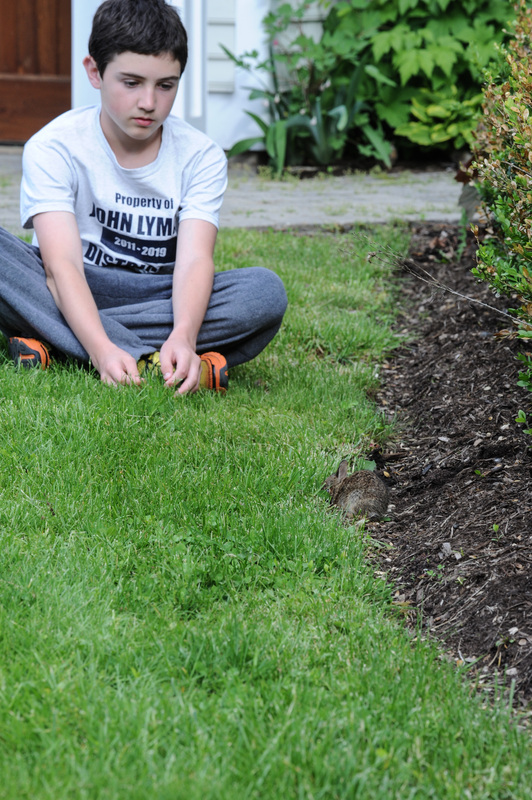
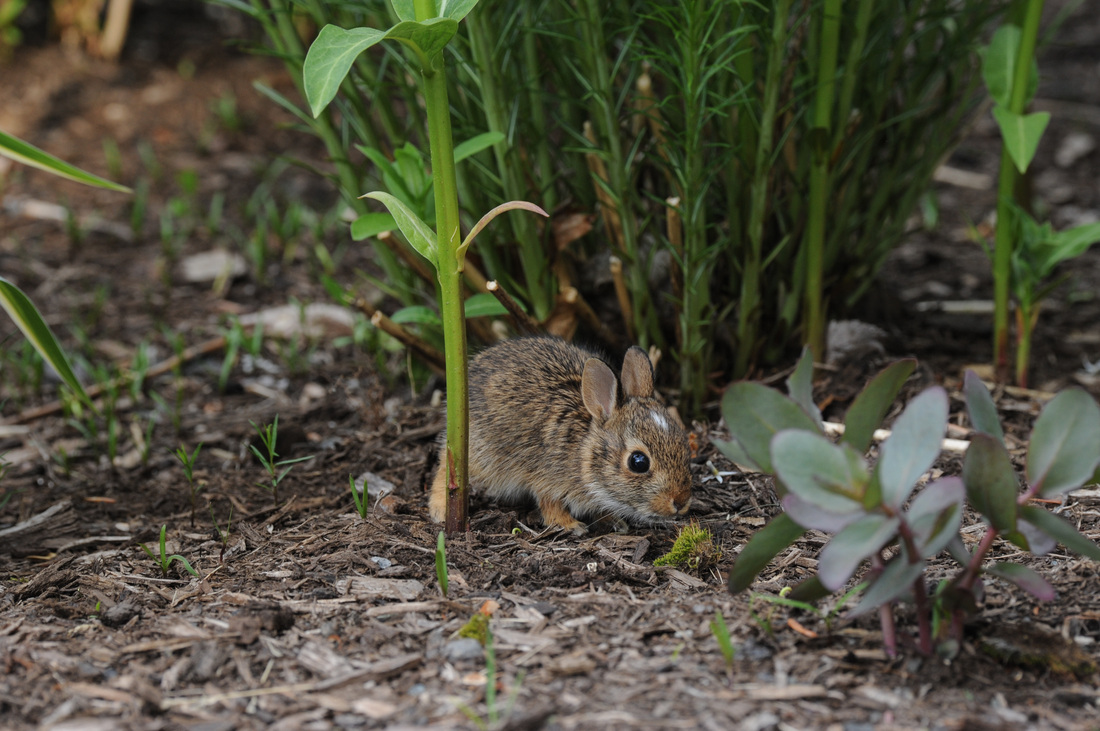
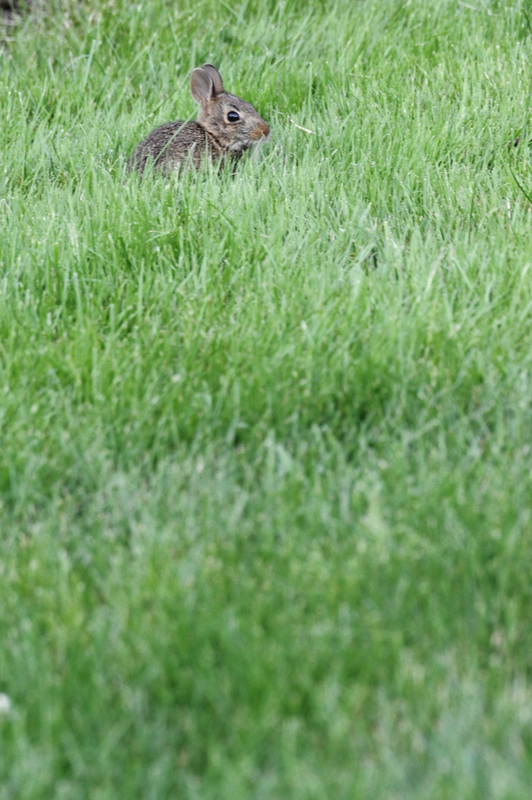
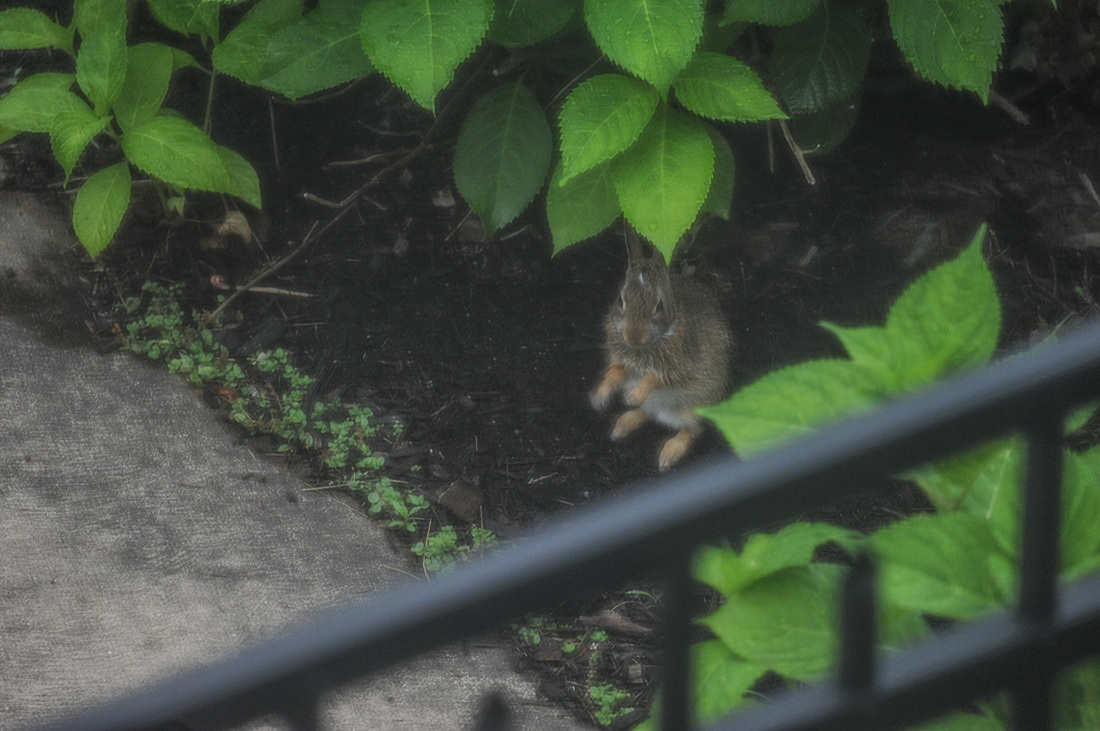
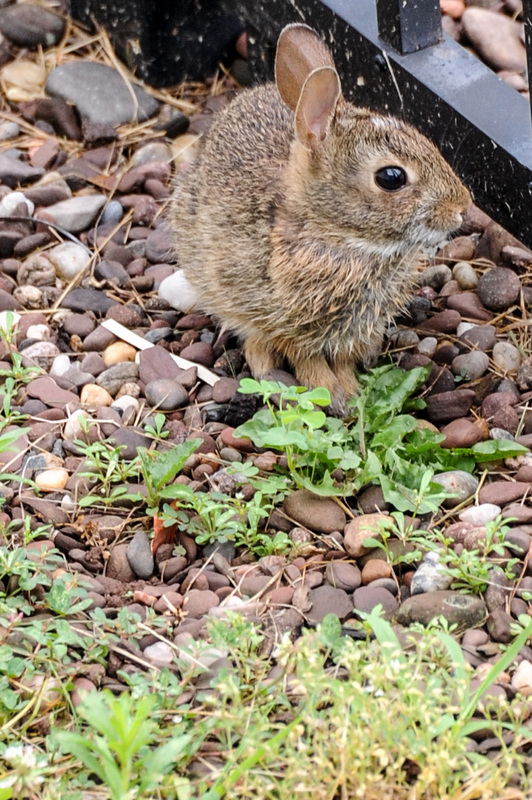

 RSS Feed
RSS Feed